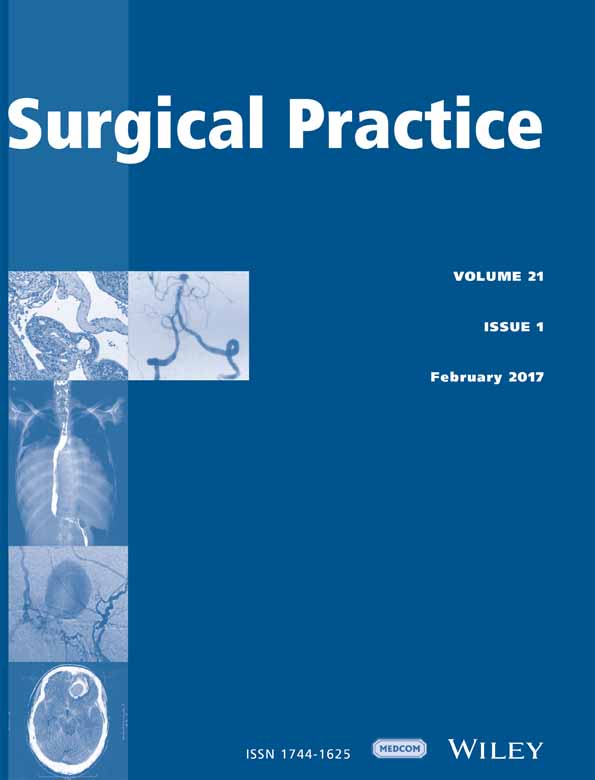Elective adult inguinal hernia repair in public hospitals in Hong Kong: Changes within a decade
Abstract
Aim
The aim of the present study was to elucidate the secular changes over a decade in the elective operation of adult inguinal hernias and the outcome key performance indicators in public hospitals in Hong Kong.
Patients and Methods
A retrospective analysis of 11 012 adult patients (≥18 years old) undergoing elective inguinal hernia repair in Hong Kong public hospitals from January 2012 to December 2014 was performed by extracting aggregated patient data via the Clinical Data Analysis and Reporting System, closely following that of a previous study published 10 years ago in Surgical Practice.
Results
The mean age of the present study was 3 years older at 66.7 ± 13.1 years, but laparoscopic patients were 8 years younger than open repair patients (60.9 ± 12 vs 68.4 ± 12.9 years, P < 0.001). The male-to-female ratio stayed high at 24:1. The overall laparoscopic rate had increased from 10.5 to 23 per cent. Preoperative, postoperative and total length of stay were longer in the open group than the laparoscopic group. The overall day patient rate had risen from 17.4 to 23.3 per cent (P < 0.001). Hospital mortality stayed low at 0.05 per cent. The emergency re-admission rate within 28 days after discharge was increased for both laparoscopic (from 1.9 to 2.8 per cent, P = 0.157) and open repair (from 3.3 to 5.9 per cent, P < 0.001).
Conclusion
The rate of laparoscopic approach had doubled in the past decade, but open repair was still the mainstay of treatment. The day patient rate slightly rose. Despite the increasing age of patients being operated on, the hospital mortality remained low. However, a significantly higher emergency re-admission rate for open repair was found.




